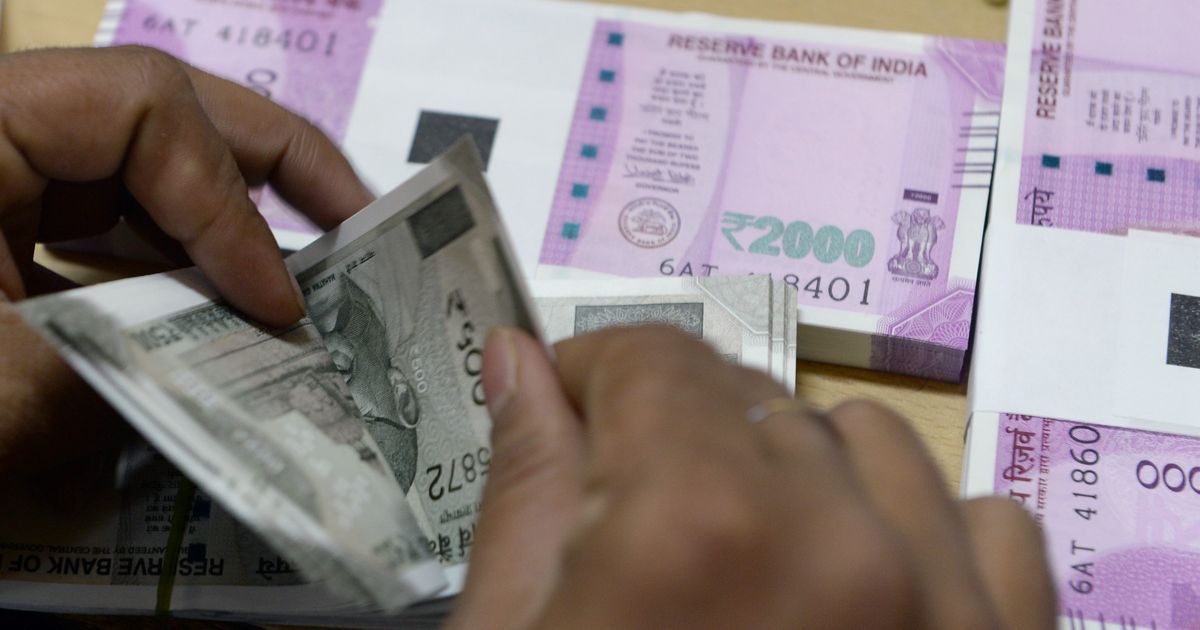Indian Banks to Tackle Bad Loans
July 24, 2018 | Expert Insights

Over 20 Indian banks and financial institutions, including SBI and PNB, signed an inter-creditor agreement (ICA) aimed at faster resolution of bad loans on 23 July.
The gross NPA (non-performing assets) ratio of scheduled commercial banks could rise to 12.2 percent by March 2019 from 11.6 percent in March 2018.
Background
India’s financial history is freckled with bank frauds and crises. In 1913, John Maynard Keynes after surveying the state of banking in the country said, “In a country so dangerous for banking as India, it should be conducted on the safest possible principles”. His warnings have proven prophetic.
The East India Company set up the Presidency Bank of Bombay (PBB) in 1840 which ran prudently for the next two decades. It was during this period that the British relied on Bombay cotton markets as US supply was hampered by the civil war. Soon cotton companies, mills and banks proliferated in the commercial hub to care to rising demands for capital. Consequently, PBB began to issue loans recklessly against shares of private companies and even on just personal security. The end of the US civil war halted Bombay’s cotton boom and PBB came to an unfortunate end. 2018 marks the 151st anniversary of the failure of Presidency Bank of Bombay.
By 1905, the Swadeshi movement called for banks to fund Swadeshi enterprises, in the aftermath of Bengal’s partition. Soon enough, banks loaning large amounts to prominent merchants brought down their shutters as these businesses failed. The Colonist reported that if the banks’ management had released balance sheets, the fraud could have been detected well in advance of the collapse; a statement found across most Indian newspapers after the recent Punjab National Bank - Nirav Modi scam.
The Banking Regulation Act of 1949 was enacted to give RBI additional regulatory powers. The statutory liquidity ratio was introduced to build reserves for safety. More importantly, both new and old banks were required to apply to RBI for a banking licence. Even with stringent measures, banking scams continued in India.
Read More on the PNB Scam Here
Analysis
The inter-creditor agreement (ICA) has been signed by 22 public sector banks, 19 private sector banks and 32 foreign banks. 12 major financial intermediaries, like LIC, HUDCO, PFC and REC, have also joined the consortium to fast track resolution of soured assets of ₹50 crore or more.
Lenders, already burdened by a near-record ₹ 9.5 trillion of soured loans last year, reported a further rise in bad loans in the future after the central bank withdrew half a dozen loan-restructuring schemes and tightened some rules. Last month a panel of bankers suggested creating an asset management company (AMC) to resolve bad loans.
Under the pact, which is part of project 'Sashakt', each resolution plan will be submitted by the lead lender to an Overseeing Committee. Resolutions, formed within the RBI framework, will be approved if 66% of the banks in the group agree to it. Dissenting lenders have the option to sell their stressed loans to a company at a discount, or buy out loans to that entity from all other lenders at a premium.
“The objective is to use this inter-creditor agreement for faster facilitation of the stressed assets resolution,” said Sunil Mehta, the non-executive chairman of second-biggest state-run lender Punjab National Bank (PNB), who also headed the panel. “One of the major issues was consensus among lending banks on what should have been a common resolution plan.”
To thwart future NPLs, the government can look at ‘preventive’ measures such as development of a corporate bond market and empowerment of public banks’ management and private banks’ boards.
PM Narendra Modi, seeking a re-election in 2019, attempted to curb black money and increase bank-processed transactions through demonetisation. However, it was a crippling blow to the economy. India’s 21 state owned banks, including SBI and PNB, account for two-thirds of banking assets in the country and hold close to 90% of soured loans. As bad credit in India is on the rise due to infrastructural issues, it has stifled banks’ ability to lend to new businesses. With no boost for the economy, PM Modi will face hardened voters in May.
The recent events highlight the importance of Amartya Sen’s question at the Paolo Baffi Lecture on Money and Finance at the Bank of Italy in 1991:“How is it possible that an activity that is so useful has been viewed as morally dubious?”
Assessment
Our assessment is that the recognition of bad loans by banks will reduce their profitability in the short term, but cleaner balance sheets in the long run will be credit positive for the sector. We believe that the consortium of lenders will provide a contractual framework within which banks can resolve disputes and mitigate crises. We feel that the RBI hike in interest rates might lead to an increase in loan defaults in the long run.








Comments